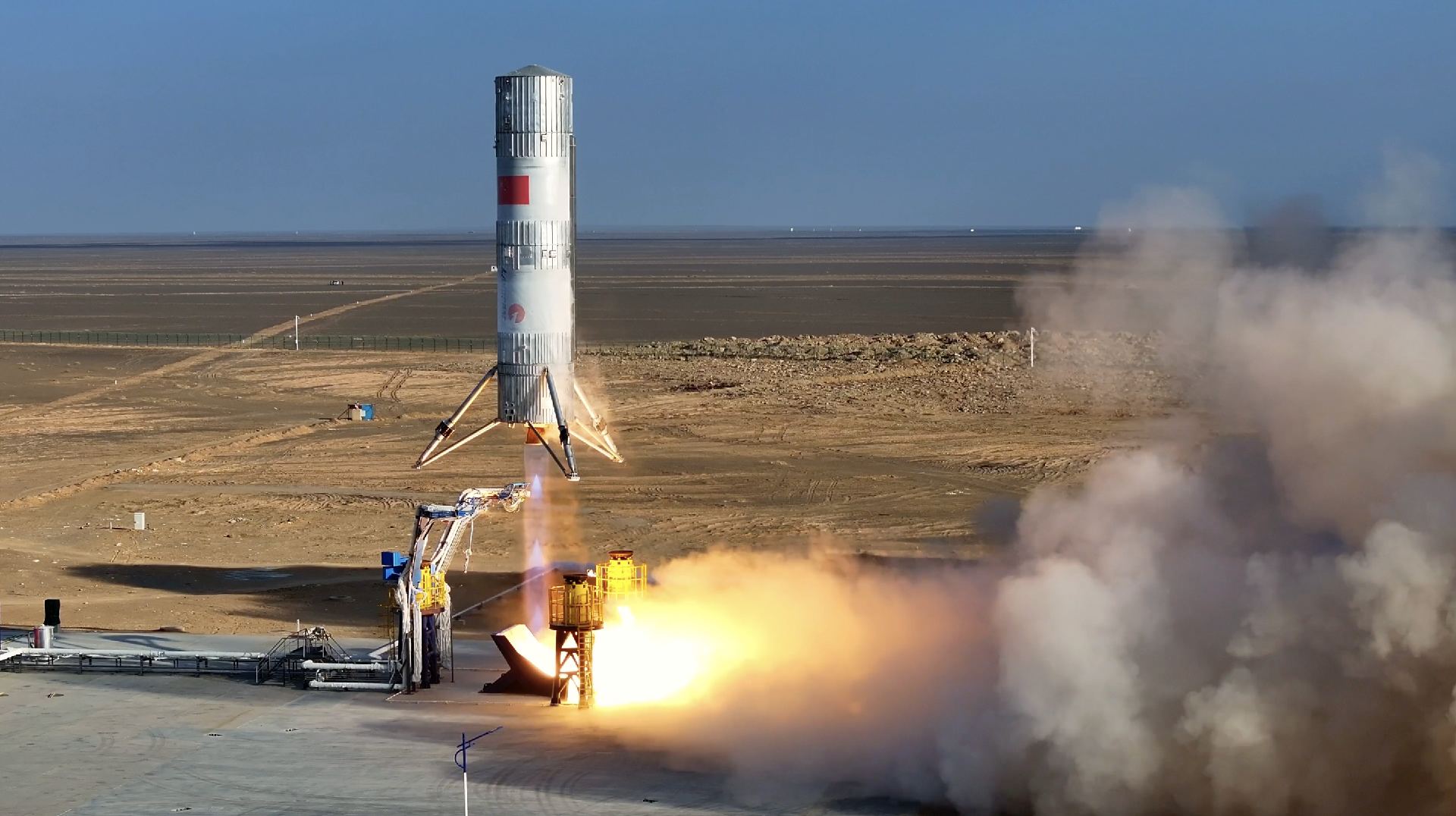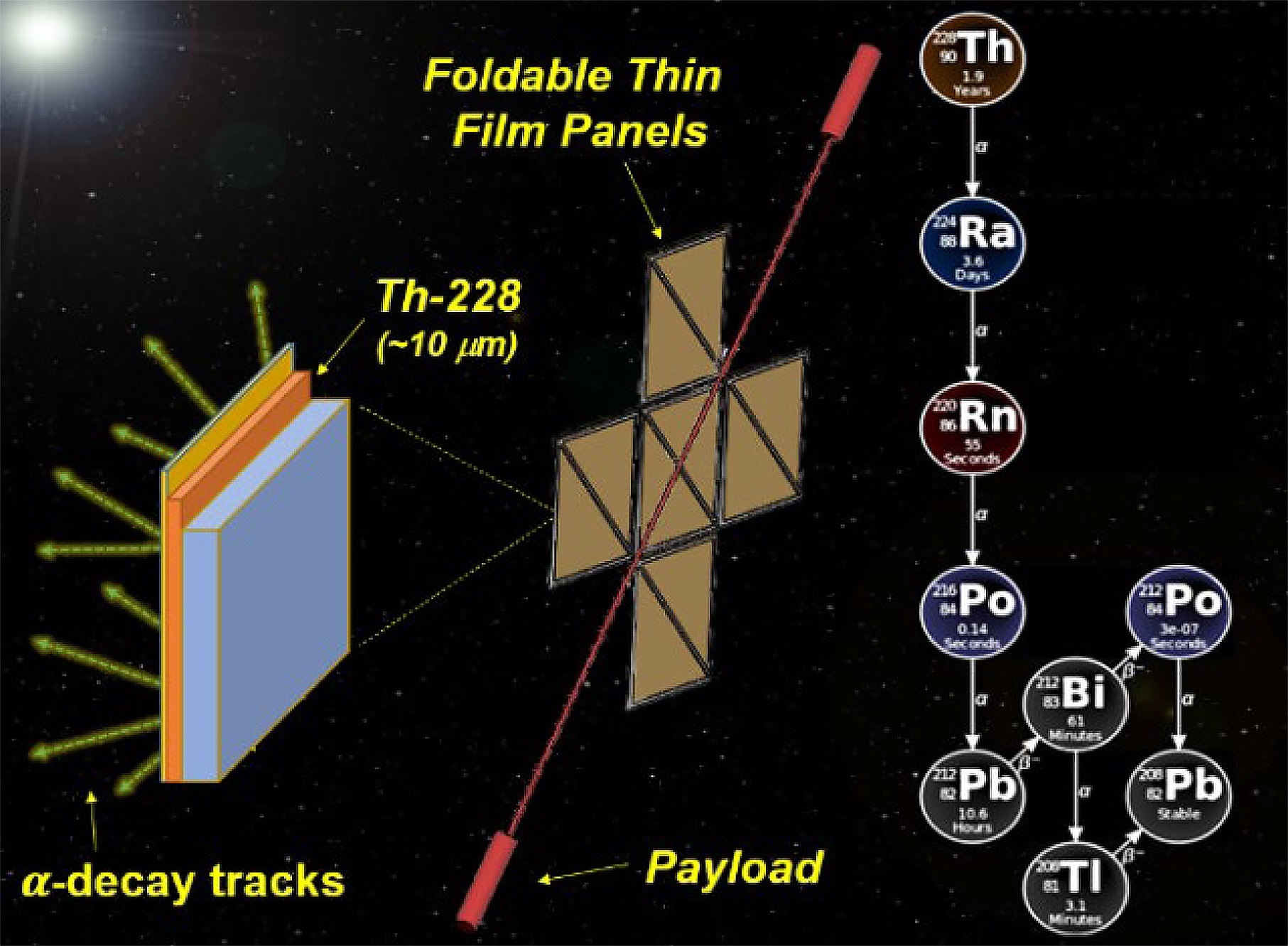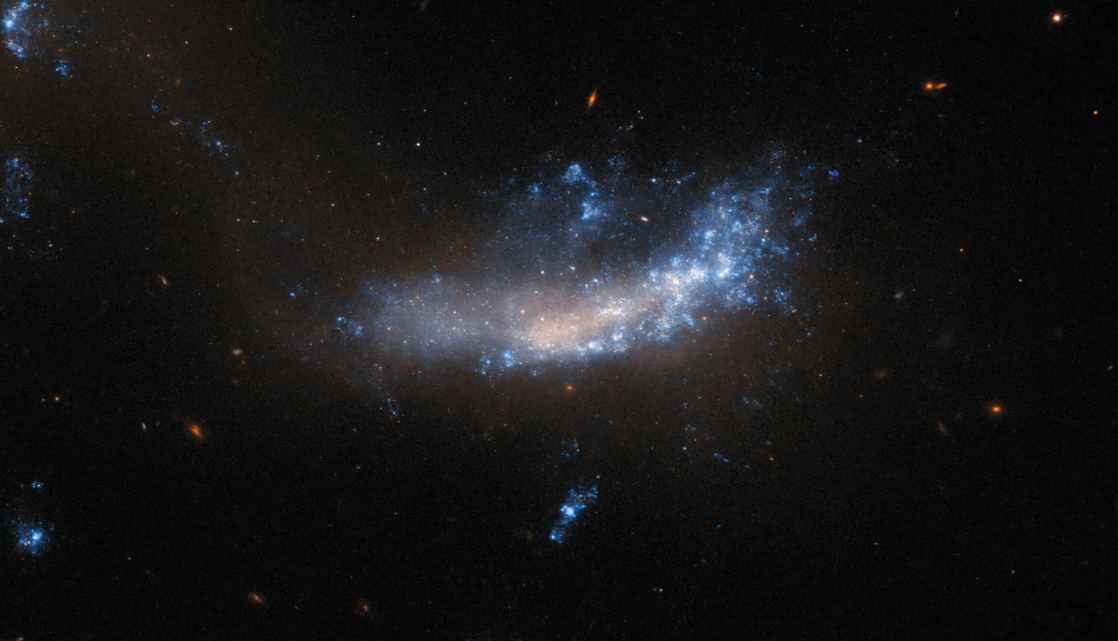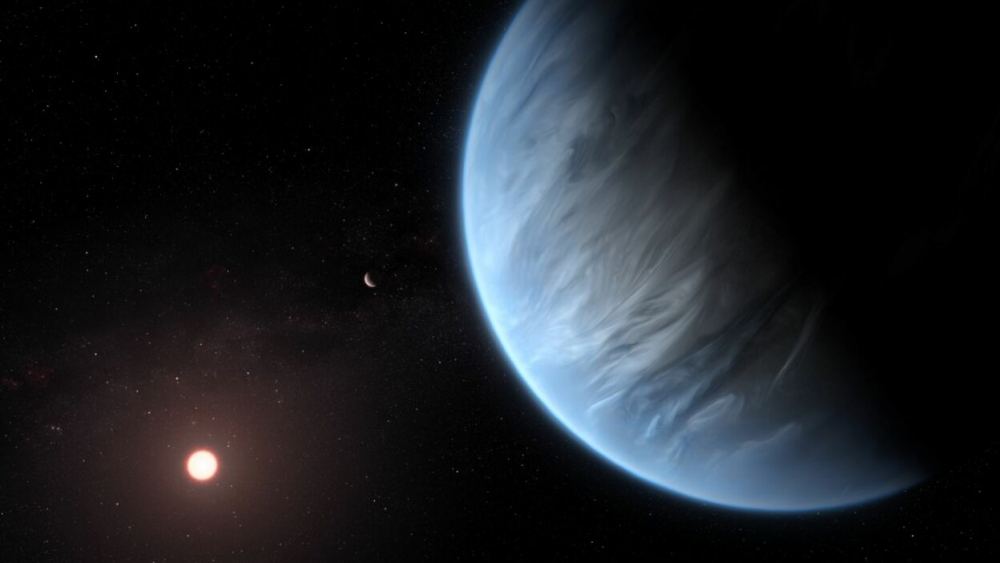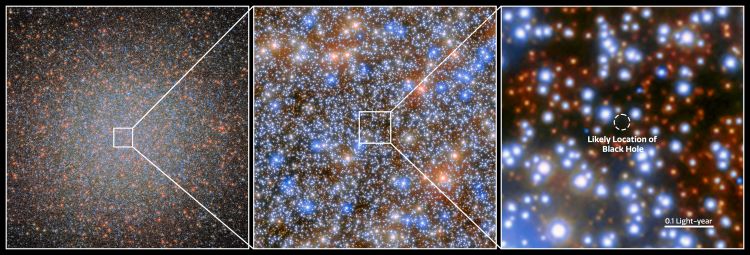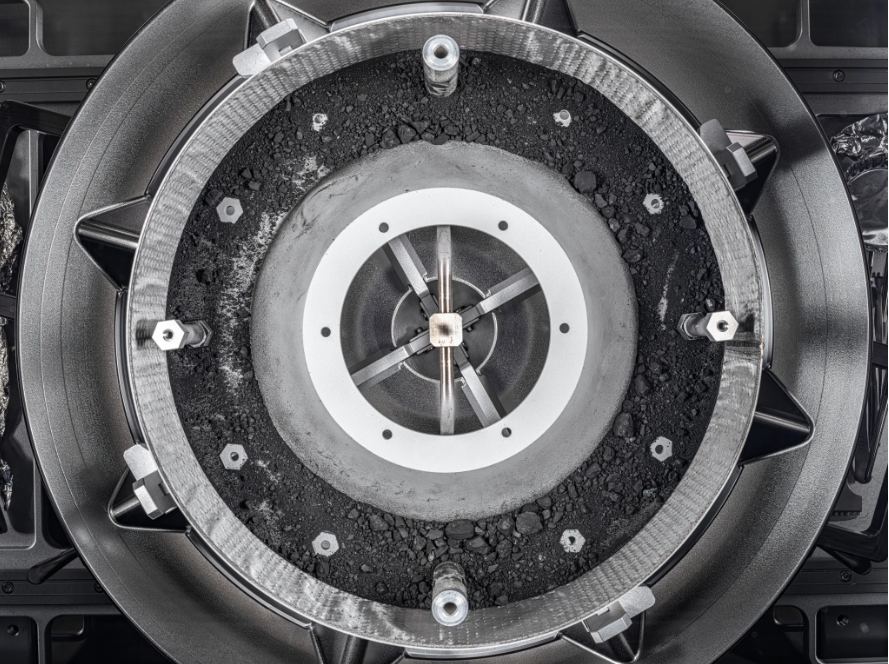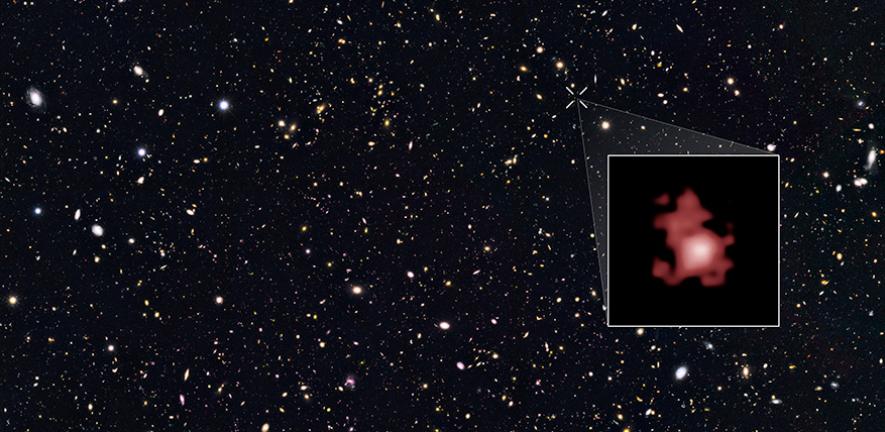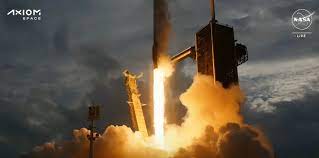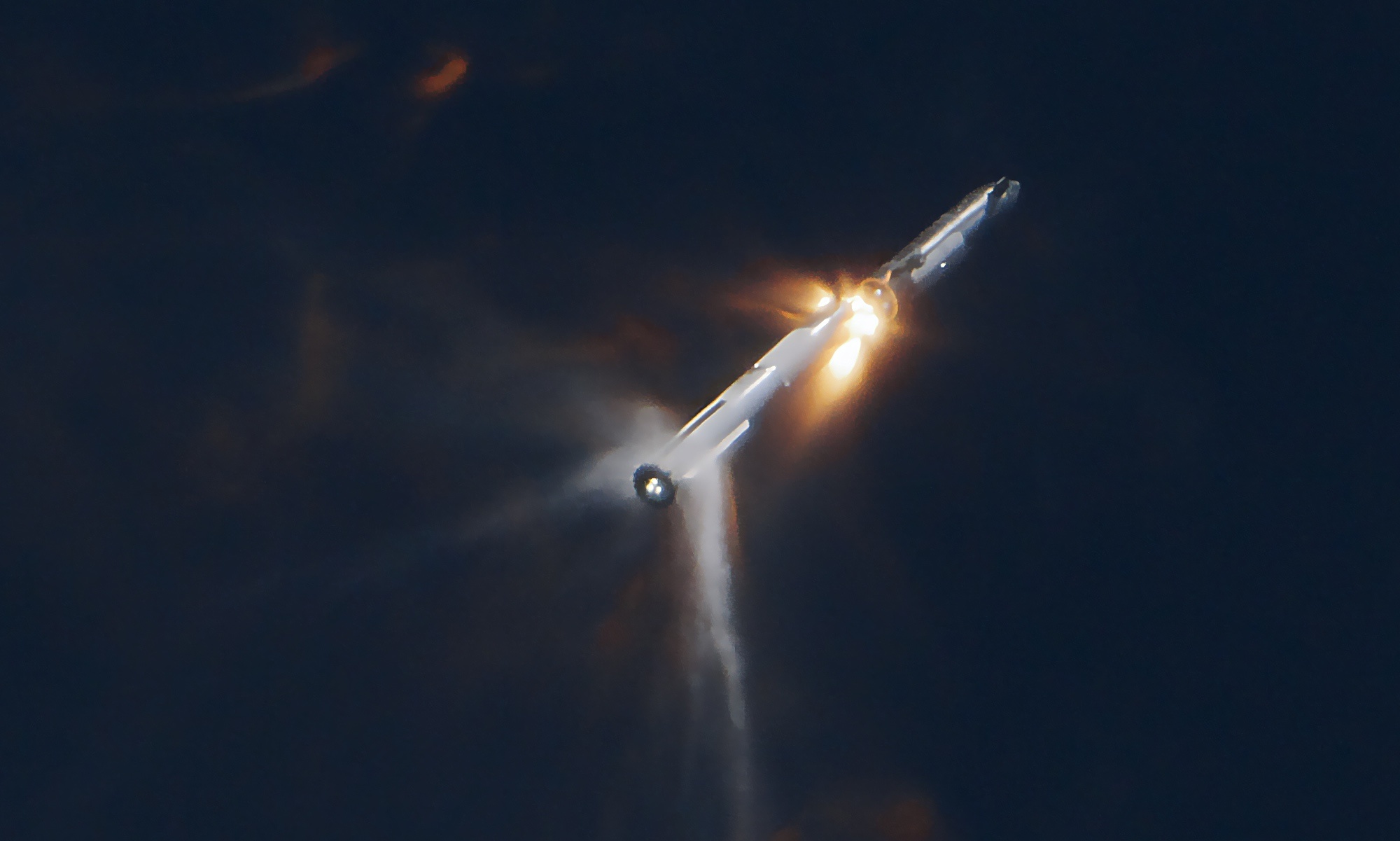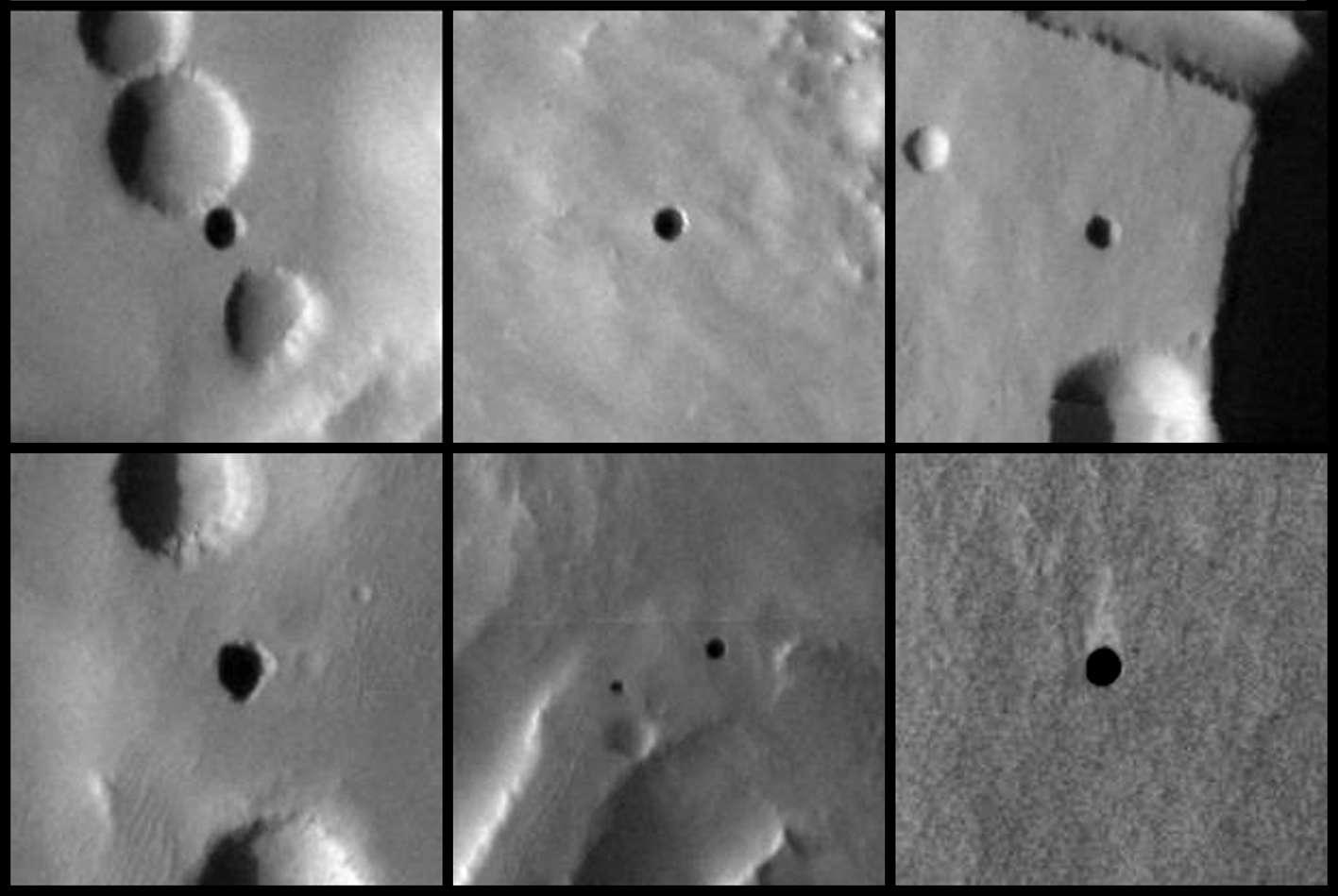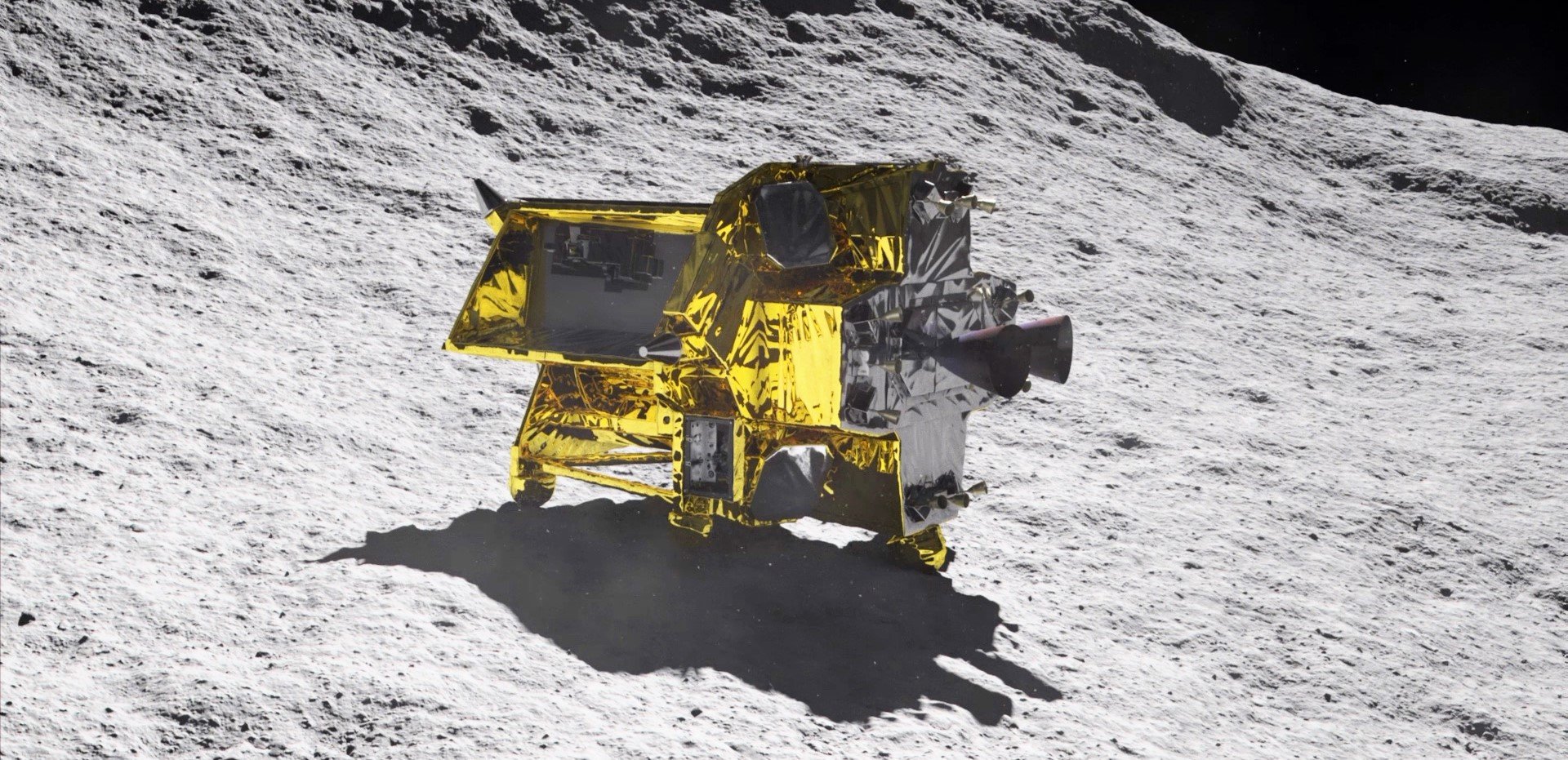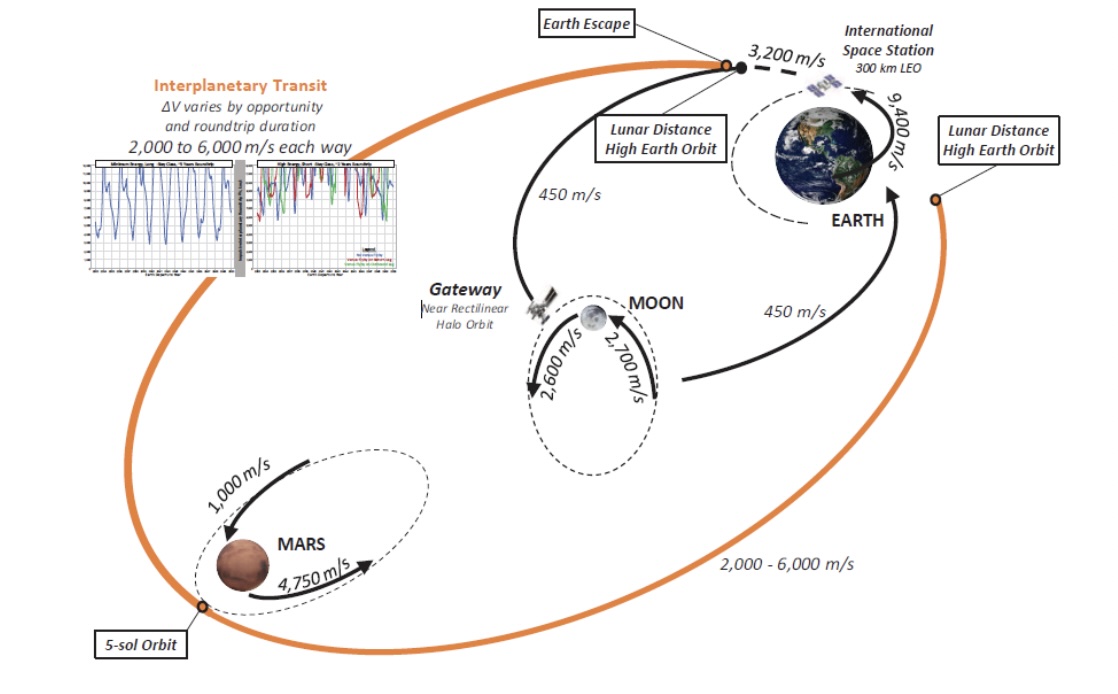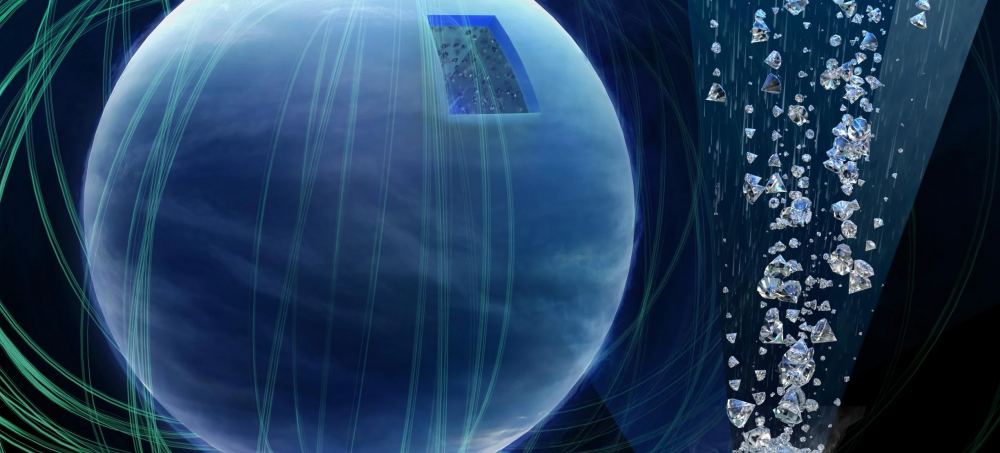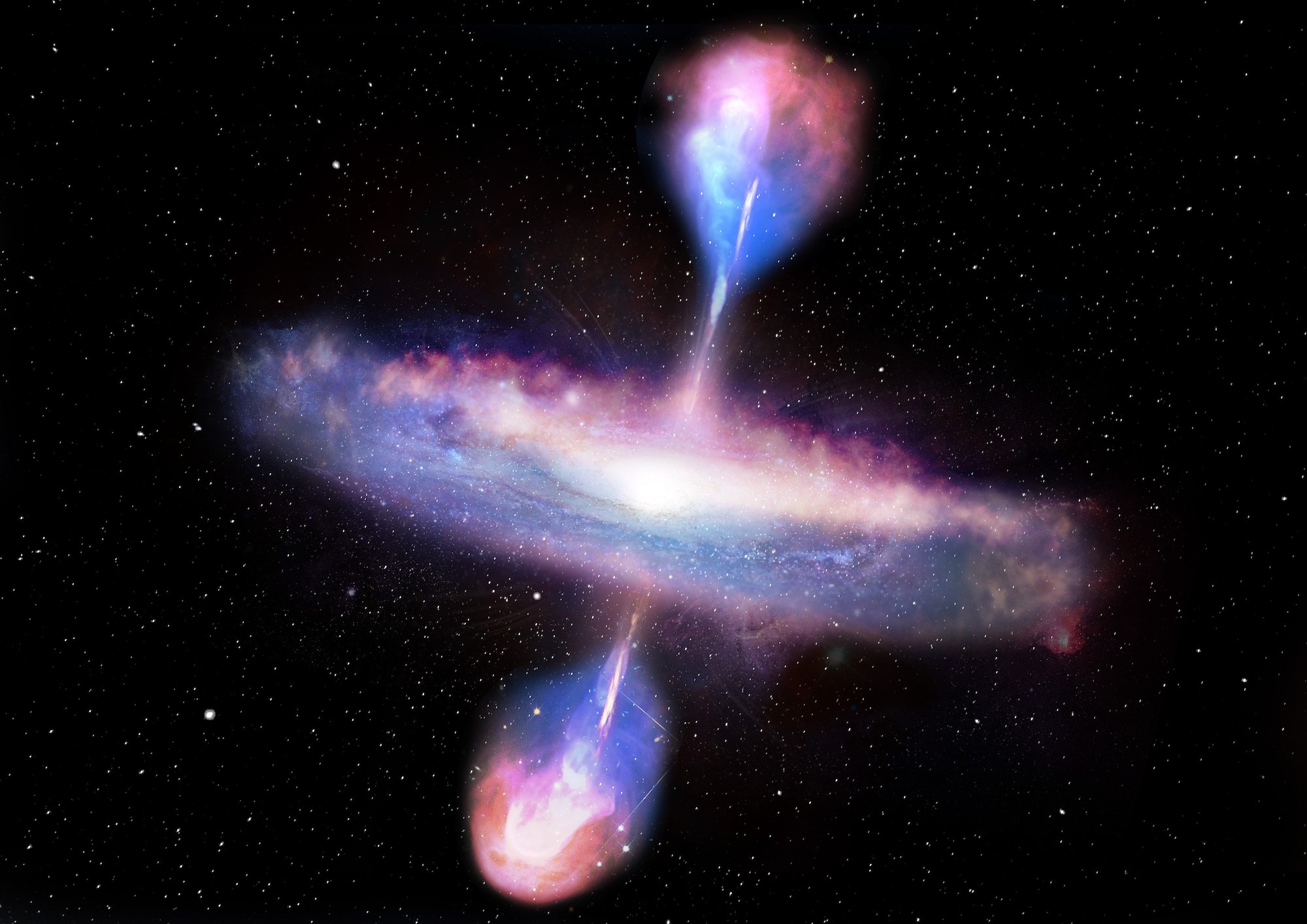
One of JWST's big tasks is to help astronomers understand how the early Universe came together, with dwarf galaxies merging into larger, more mature galaxies. Supermassive black holes at these galaxies' hearts also grew, shining as quasars within the first billion years. A new paper uses several extragalactic surveys by JWST to find dozens of compact galaxies that seem to host faint quasars as young as 650 million years after the Big Bang.
Continue reading
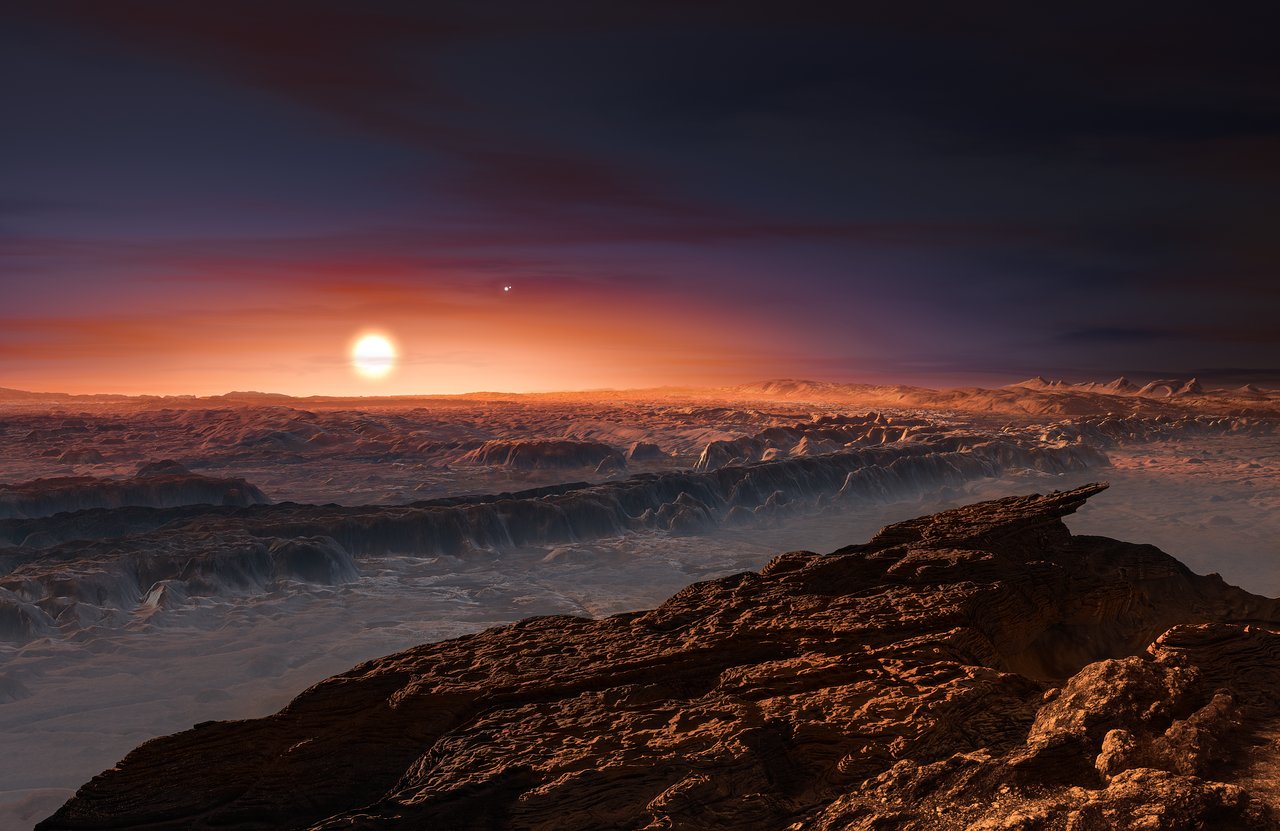
Astronomers discovered a rocky exoplanet in the habitable zone of Proxima Centauri, the closest star to the Sun. Could there be life there? The European Southern Observatory's 39-meter Extremely Large Telescope is under construction and expected to be completed in the next few years. Could this mighty observatory see evidence of biosignatures in the reflected light from the planet?
Continue reading
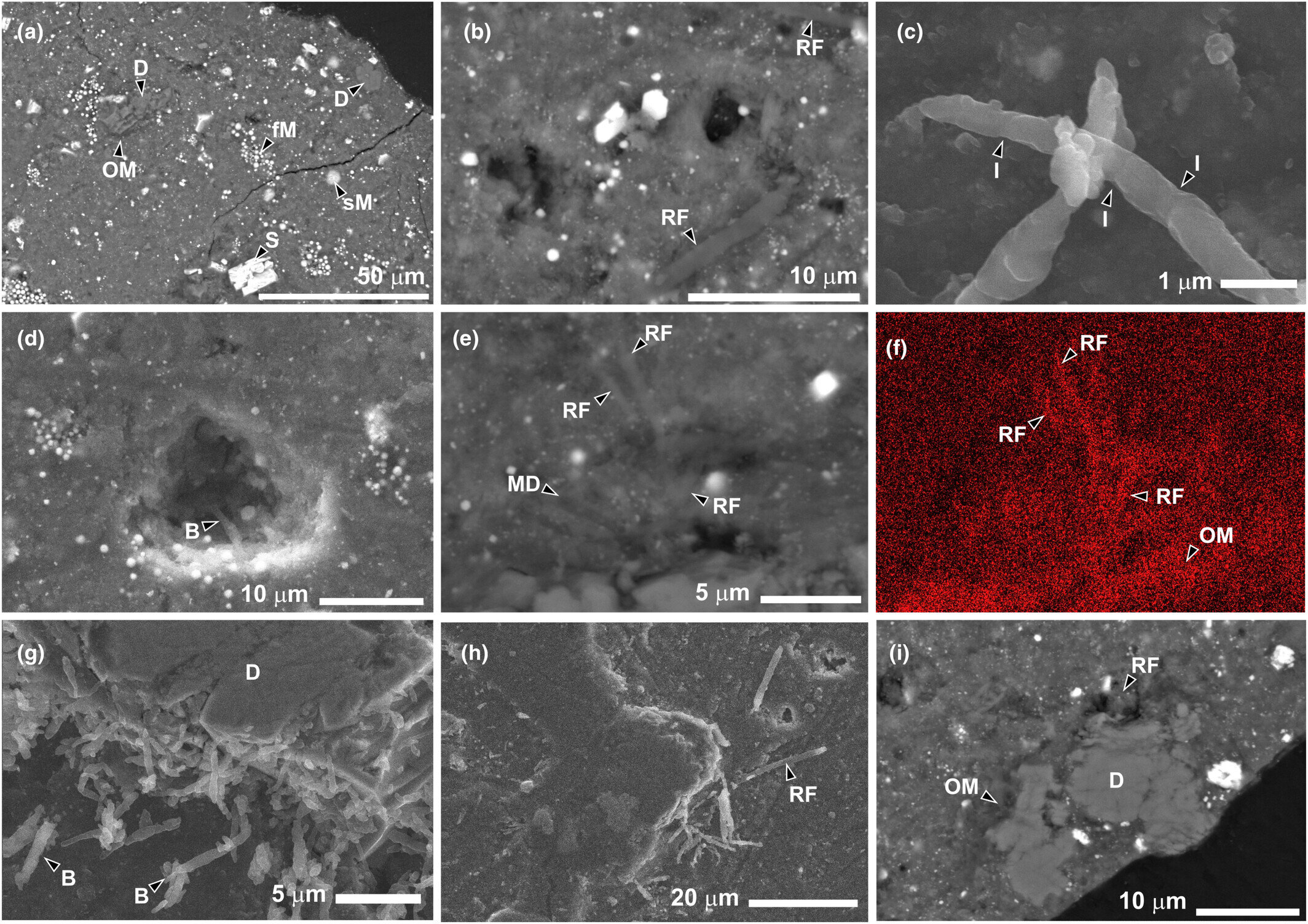
JWST has shown that it can detect various chemicals in the atmospheres of other worlds, from water vapor to carbon dioxide. Although it's an incredible demonstration of the telescope's power, it wasn't designed for only this job. The Large Interferometer for Exoplanets (LIFE) is a next-generation space telescope under consideration by ESA. According to a new paper, this telescope could detect rare biosignatures like laughing gas within a few days of study.
Continue reading
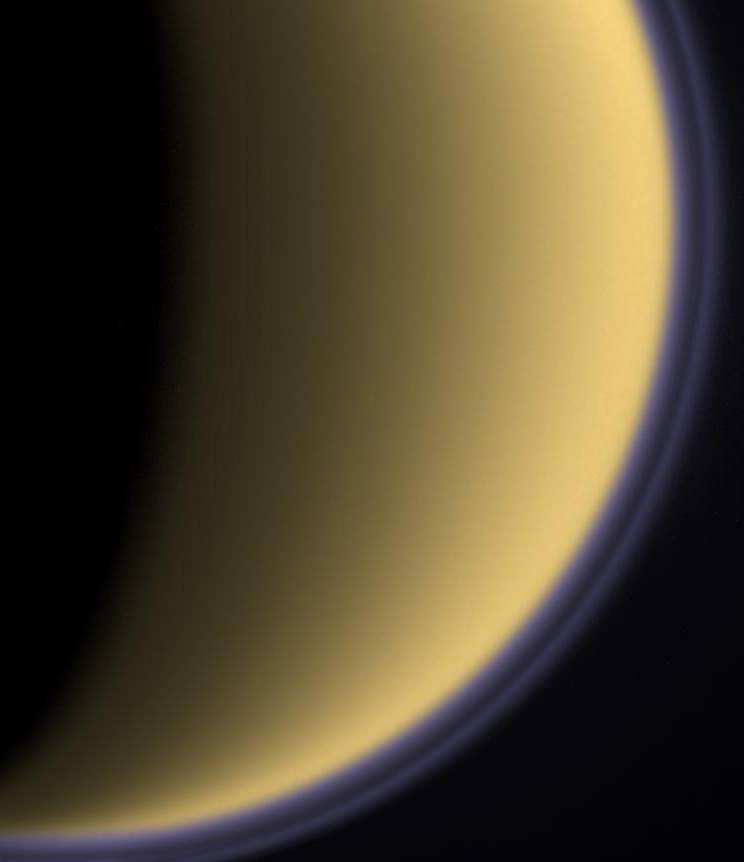
Your body's cells use water to dissolve chemicals. It's the same with all life on Earth. But could other fluids work as a solvent? A new paper reviews the potential for different liquid solvents to support life and proposes some surprising candidates, like liquid carbon dioxide, ammonia, and even concentrated sulfuric acid. Each of these solvents is liquid in dramatically different conditions, helping expand the possibilities for life as we don't know it.
Continue reading

 Universe Today
Universe Today
